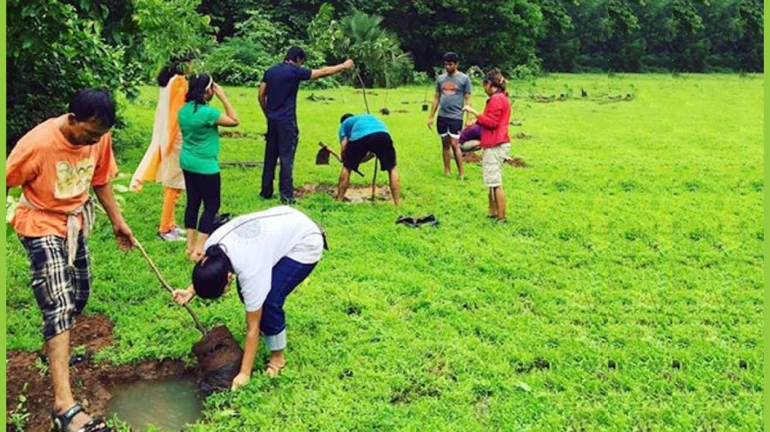
Navi Mumbai Municipal Corporation (NMMC) in collaboration with NGO Green Yatra has successfully implemented the Miyawaki technique, a Japanese plantation method, in about 10 locations in the city.
In just two years, the technique has resulted in over 3 lakh trees growing up to five times larger than usual and reaching a height of 20 to 25 feet. This has created one of India's largest urban woods, with the potential of Navi Mumbai holding the title of having the largest urban forest in the country.
The NMMC and Green Yatra used CSR funds to build the plantations, which has proved to be more economical than alternatives. Over 1,000 people worked to make this project a reality, planting hundreds of native plant species and creating a diverse ecosystem that is home to over 50 different bird and animal types and numerous fruit-bearing trees.
The Miyawaki plantations in Navi Mumbai are flourishing, improving air quality in those 10 locations and reducing smog. Besides, the plantations are also more economical than alternatives, using CSR funds to build the plantations, said Pradeep Treepathi, a Green Yatra representative.
The former Commissioner Abhijit Bangar was praised for his assistance in giving the land and monitoring the forest's progress. The project has received praise from locals who have seen Miyawaki as sticks planted and grown into full-grown trees in a short amount of time. Residents believe that creating more Miyawaki plantations in the city will make it greener quickly.
For those unversed, the Miyawaki technique is a Japanese afforestation technique that entails tightly planting dozens of local species in a constrained space. It aspires to produce a setting resembling a natural woodland that expands quickly and can support itself. The method is renowned for its capacity to grow trees up to ten times faster and five times denser than conventional methods, resulting in a diverse and healthy forest environment.





